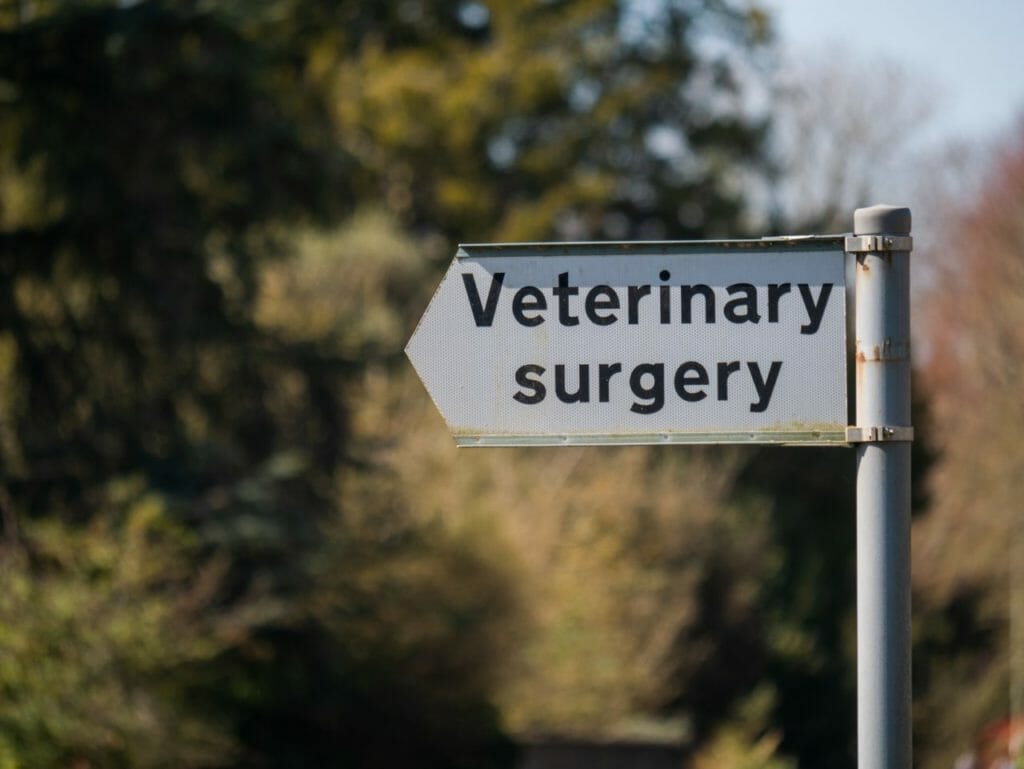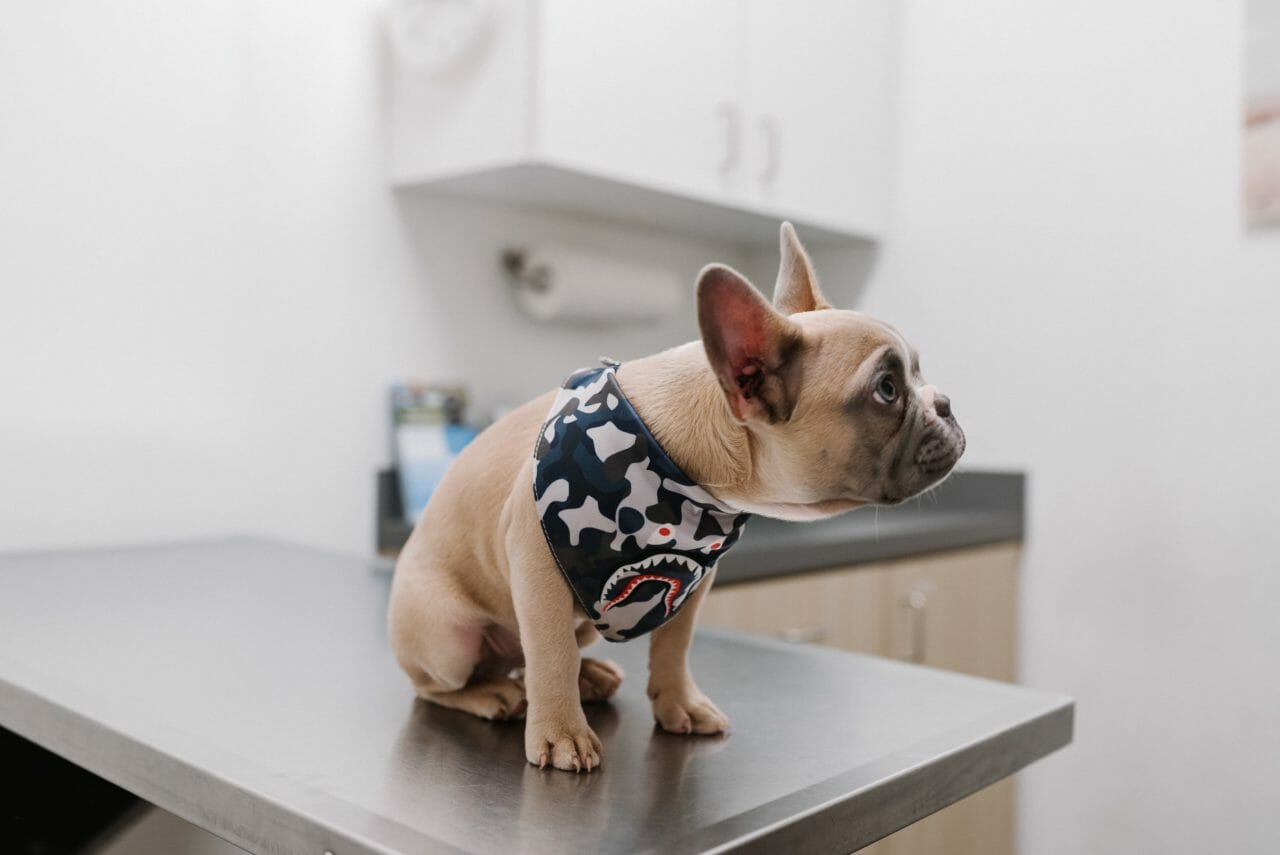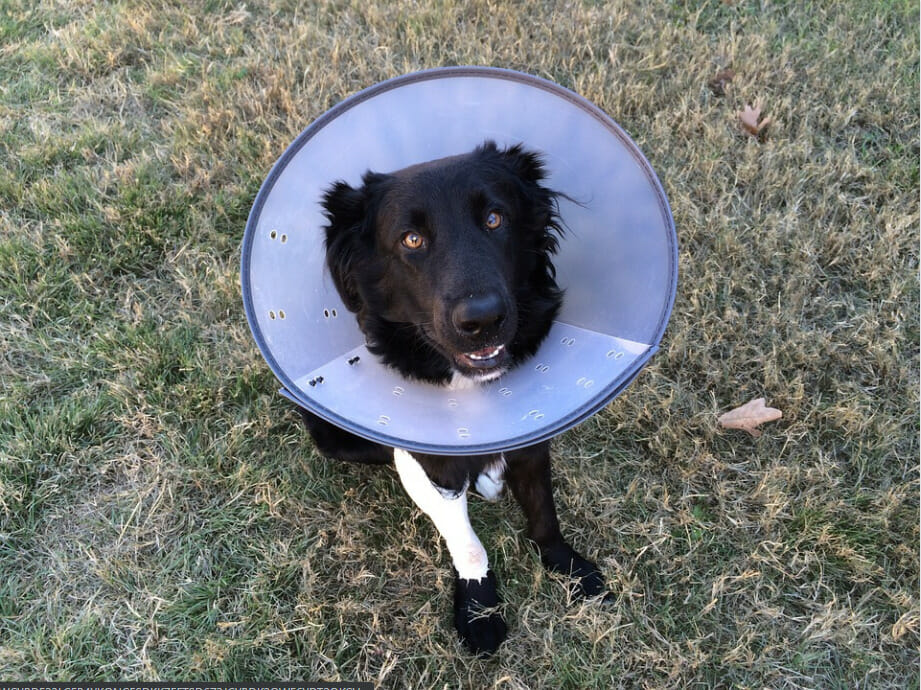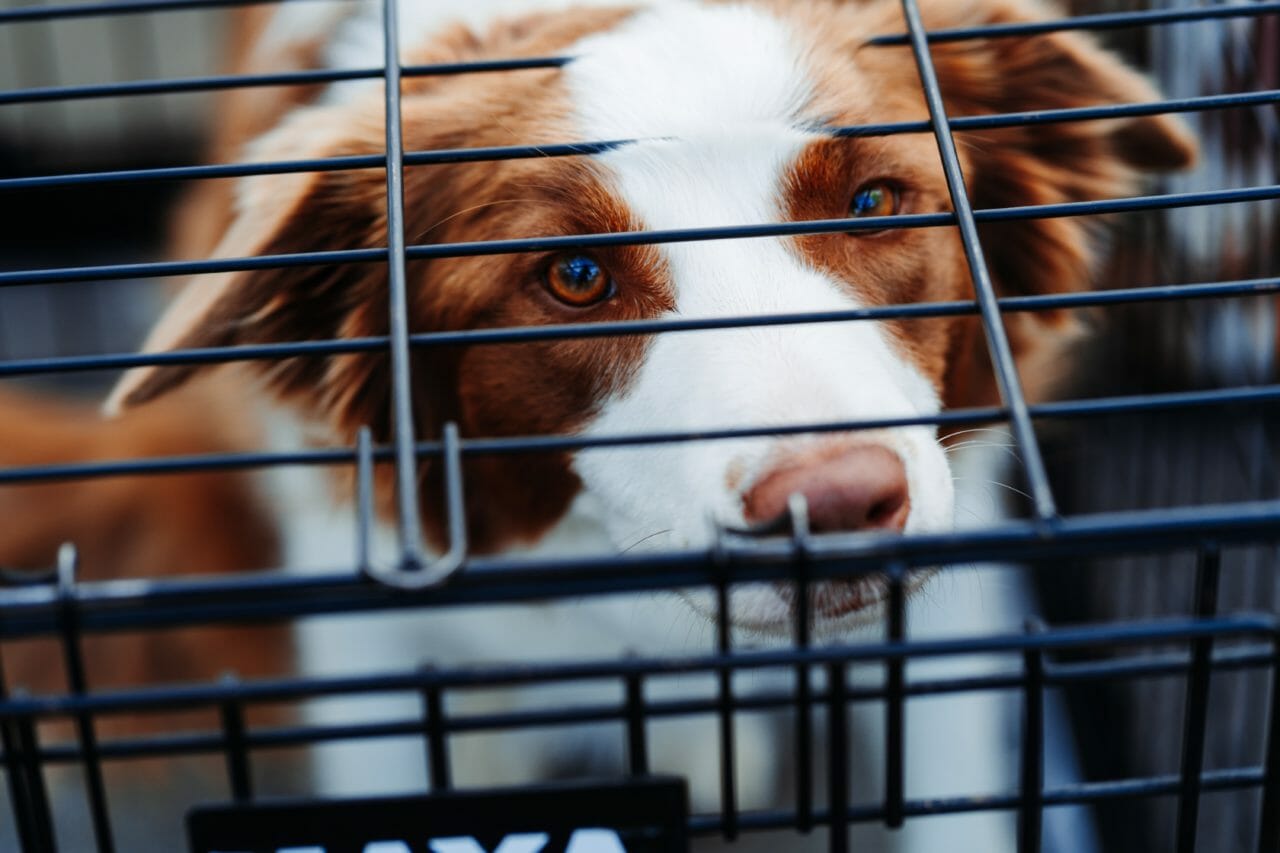In this comprehensive guide, learn more about TPLO surgery, its origins and uses, and why it’s such an effective procedure for our canine companions.
Tibial plateau leveling osteotomy (TPLO) is a surgical procedure used to repair the cranial cruciate ligament (CCL), which is the equivalent of the ACL in humans. This ligament is located in the knee joint and helps to stabilize the joint. When it is torn or ruptured, it can cause a great deal of pain and lameness in dogs.
TPLO surgery was first developed in the early 1990s by Dr. Barclay Slocum, a veterinary surgeon. At first, this procedure was controversial and considered radical, but it quickly became the gold standard for treating CCL injuries in dogs because it was much more effective than traditional methods, such as splinting or bracing.
In this article from Rehab Pet, we’ll go into more depth about this incredibly effective procedure, including how it works, and what the recovery process looks like. We’ll also dispel some of the myths about TPLO surgery that may be preventing pet parents from seeking treatment for their furry friends.

What Is TPLO Surgery?
Unfortunately, it is well known that injury to the CCL is the most common orthopedic problem for dogs. In fact, this type of injury accounts for around 85% of all orthopedic problems.
Small breeds, large breeds, and all breeds in between can be affected. And while any dog can suffer a CCL injury, those that are particularly active or participate in high-impact activities (such as agility or flyball) are more at risk.
There are two main types of surgery for repairing a CCL tear: extracapsular suture stabilization and tibial plateau leveling osteotomy (TPLO). While both procedures have their advantages, TPLO has emerged as the gold standard for treating this type of injury because it offers a number of benefits over other methods, including:
- Quicker recovery time
- Reduced risk of re-injury
- Improved joint function
So, how does TPLO surgery work?
Put simply, the goal of this procedure is to change the angle of the tibia (the larger of the two bones that make up the lower leg) in order to take the stress off of the CCL. This is accomplished by making a cut in the tibia and rotating it so that the plateau (the top portion of the bone) is level. A metal plate and screws are then used to hold everything in place while it heals.
One of the main advantages of TPLO surgery is that it does not require complete removal of the CCL, as other methods do. This means that there is less damage to the surrounding tissue, which results in a quicker and easier recovery for your dog.
Also, this procedure is very effective for arthritis prevention. When the CCL is damaged, it can lead to the development of arthritis in the knee joint. By correcting the angle of the tibia, TPLO surgery can help to prevent this from happening.
What To Expect During Recovery
After TPLO surgery, your dog will be on strict rest and low activity for at least six to eight weeks. This means that they will need to stay minimally active during this time in order to allow their bone to heal properly. Your veterinarian will likely prescribe pain medication and anti-inflammatories to help keep your pet comfortable during this time.
You can expect your dog’s incision to heal within two to three weeks. One of the primary concerns is preventing infection in the incision area. To help with this, you will need to keep the area clean and dry. Your veterinarian will also give you specific instructions on how to care for the incision.
Also, during the recovery period, it’s critical that you keep a very watchful eye on your pet. They need constant care and attention during the recovery period, so they don’t injure themselves further. If this is not possible for your particular lifestyle, consider hiring an individual or facility to oversee the care of your pet when you are not able to.
Most dogs start to feel better within a few weeks after surgery and are able to return to normal activity by week eight. However, it is important to note that every dog is different and will recover at their own pace.
It is also important to keep in mind that TPLO surgery does not completely eliminate the risk of re-injury. However, it significantly reduces the chances of your dog suffering another CCL injury.
Signs Your Dog May Need TPLO Surgery
If your dog is limping or showing signs of pain, it’s important to take them to the vet right away. While there are many possible causes of lameness, CCL injury is one of the most common. Other signs that your dog may have a CCL tear include:
- Stiffness or reluctance to move
- Swelling in the leg or joint
- Licking at the joint
- Warmth in the joint
- Inability to put weight on the leg
- Muscle wasting in the affected leg
If your vet suspects that your dog has a CCL tear, they will likely recommend X-rays and/or an MRI to confirm the diagnosis. Once the diagnosis is confirmed, you and your veterinarian can discuss whether TPLO surgery is the best option for your dog.
What Is the Cost of TPLO Surgery?
The cost of TPLO surgery will vary depending on a number of factors, such as your location, the severity of your dog’s injury, and whether they need to be hospitalized before or after the procedure. In general, you can expect to pay between $1,500 and $5,000 for the surgery itself.
However, the cost should not worry dog owners too much, as some pet insurance companies will cover a portion — if not all — of the expense. Also, many veterinarians offer financing options to make the surgery more affordable.
When it comes to your dog’s health, there is no such thing as a price tag. However, it’s important to keep in mind that TPLO surgery is very effective, with a 90% to 95% success rate. This procedure can help your dog live a long, happy, and pain-free life.
TPLO Surgery: The Bottom Line
TPLO surgery is a highly effective treatment for CCL injuries in dogs. This cutting-edge procedure can provide your furry friend with the relief they need to get back to their normal, active lifestyle.
TPLO surgery is considered a major orthopedic procedure, but the good news is that the vast majority of dogs that undergo this surgery go on to live happy, healthy lives.
If your dog has suffered a CCL injury, don’t hesitate to talk to your veterinarian about whether TPLO surgery is right for them. It just might be the best decision you ever make for your furry friend!
Click the link below to learn more information from the experts at Rehab Pet!



